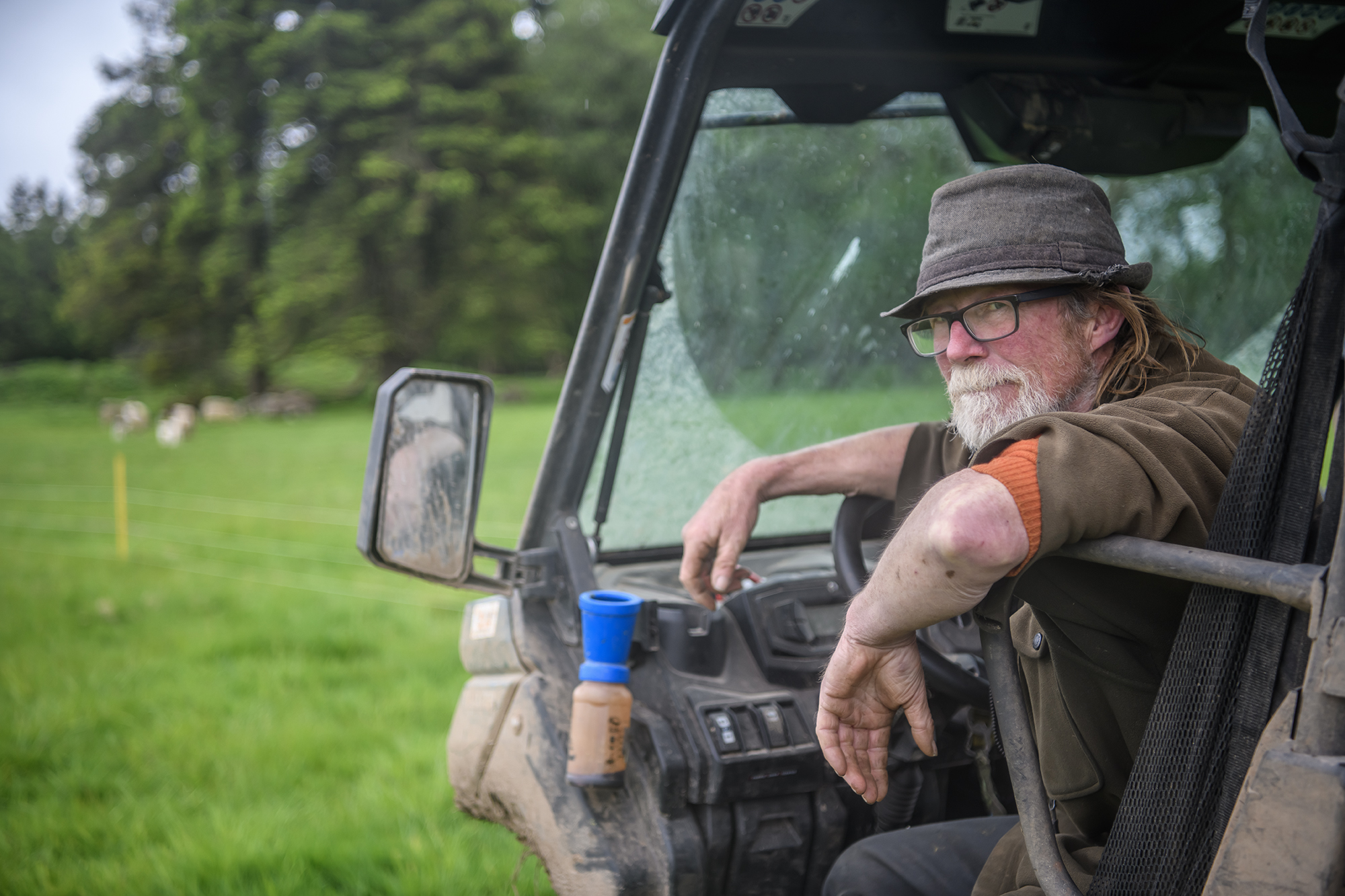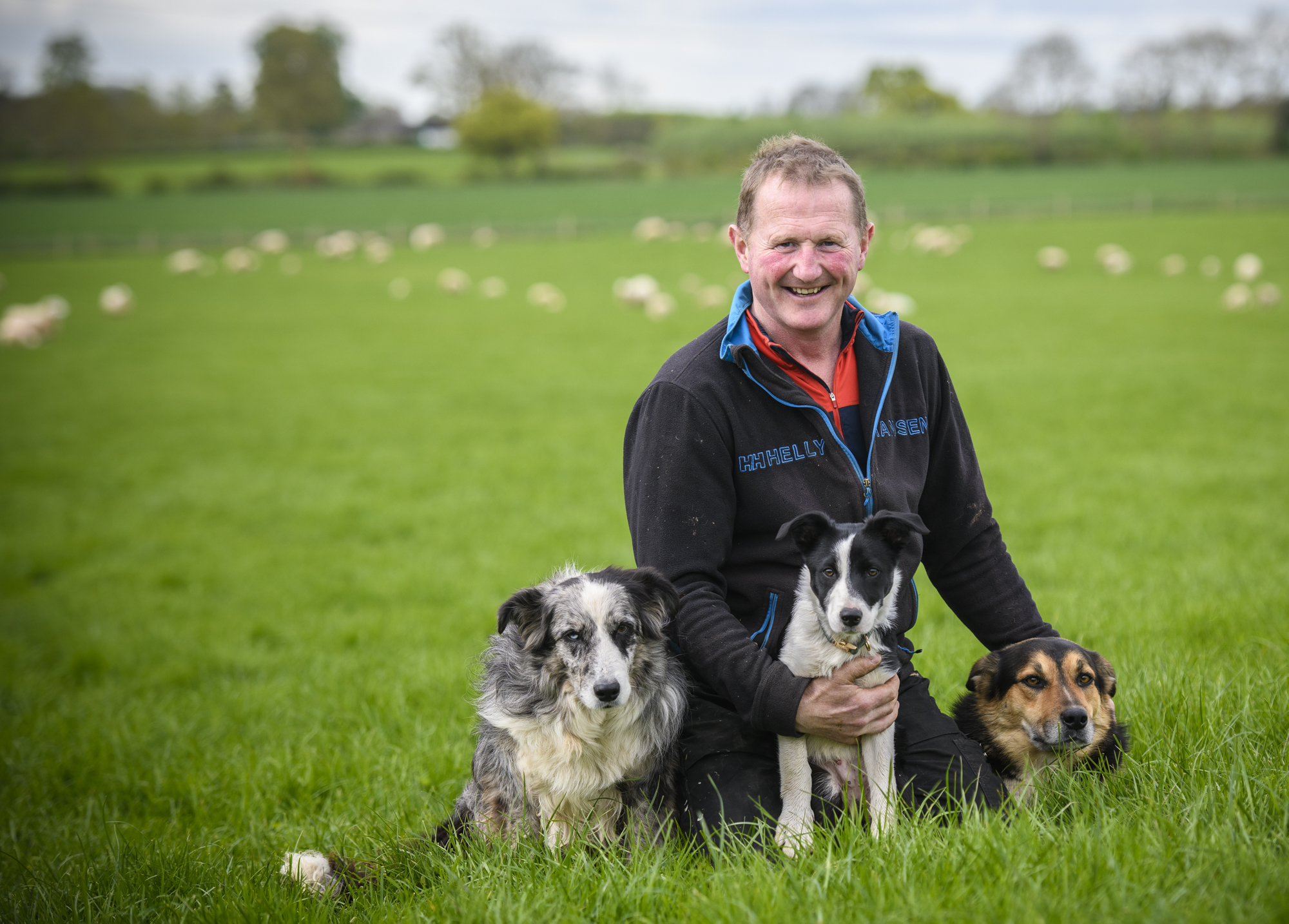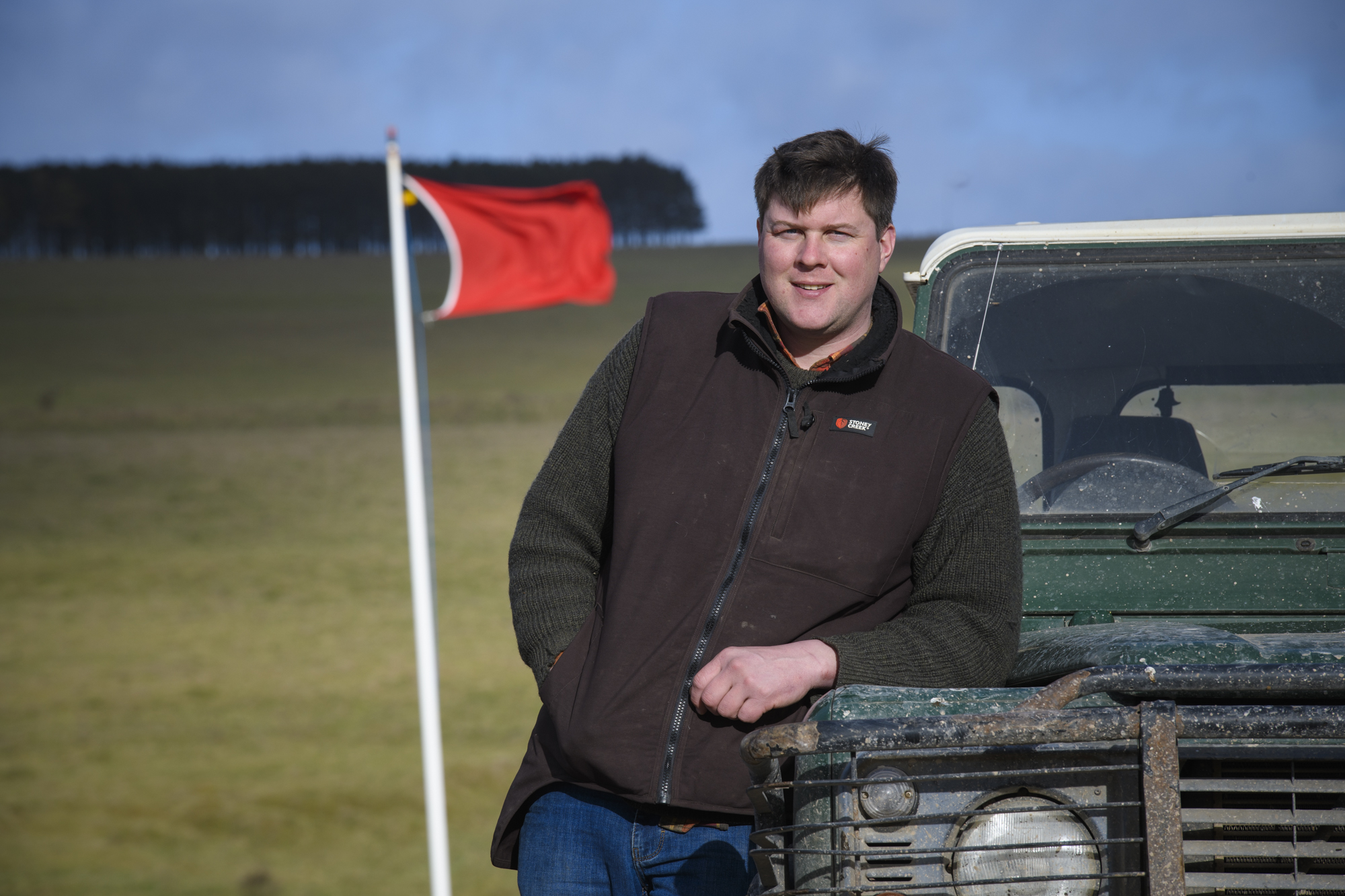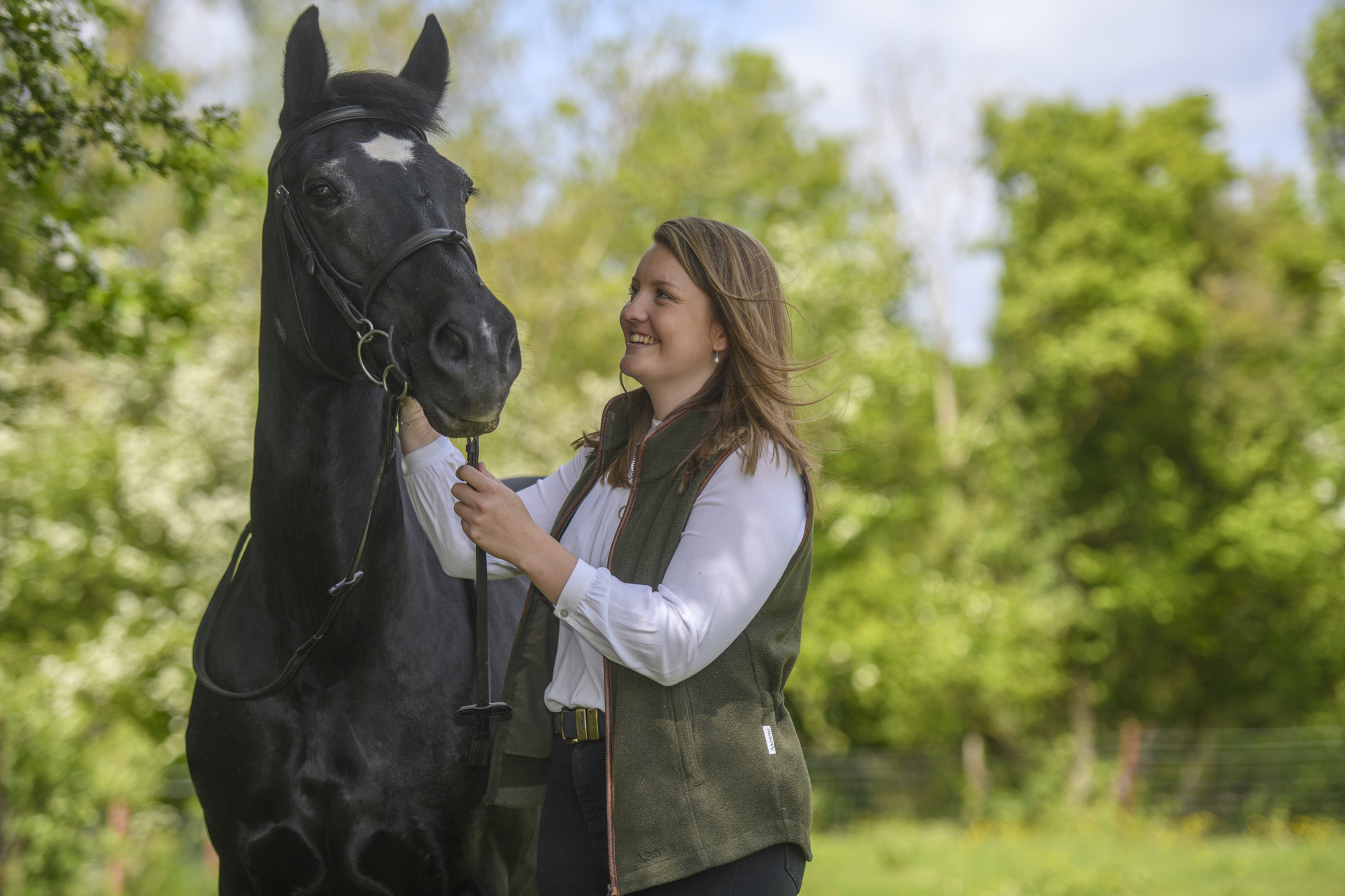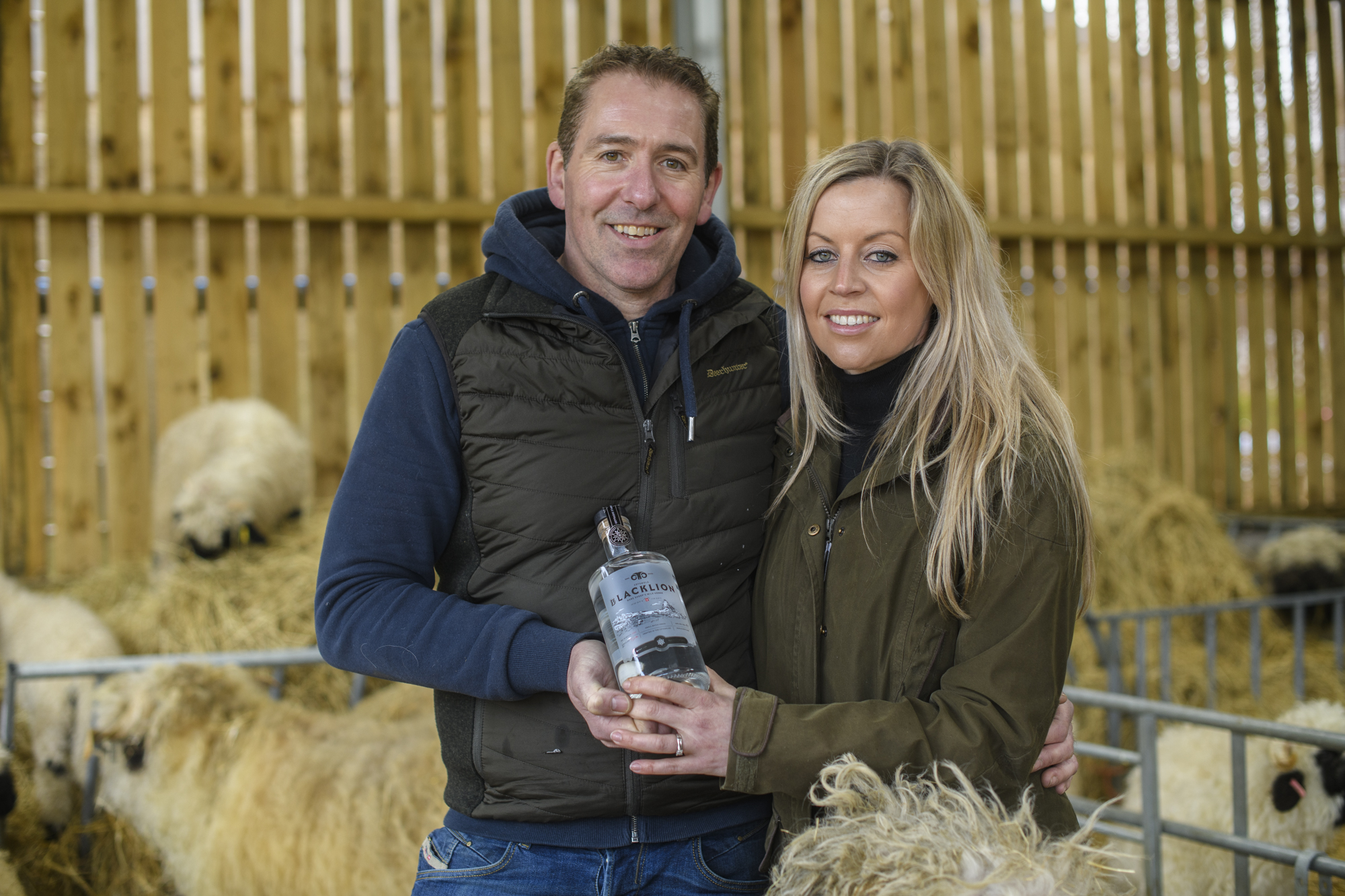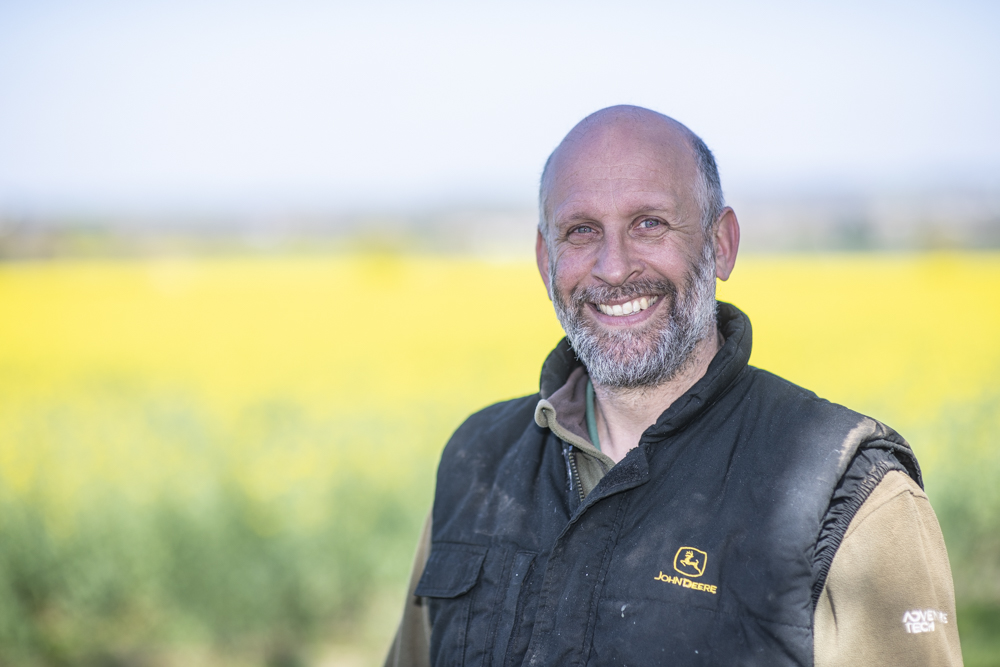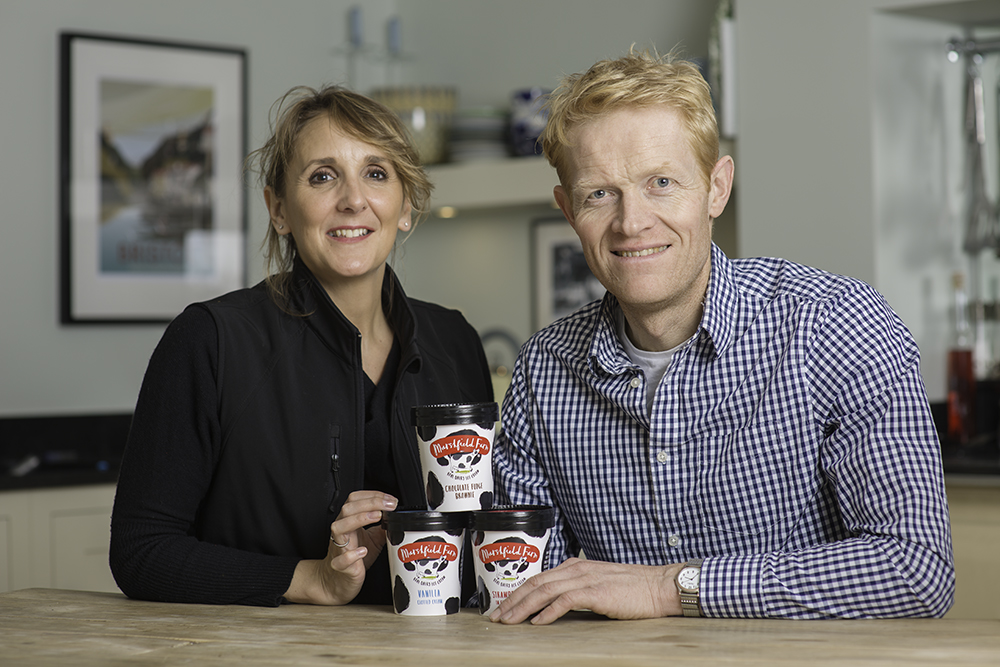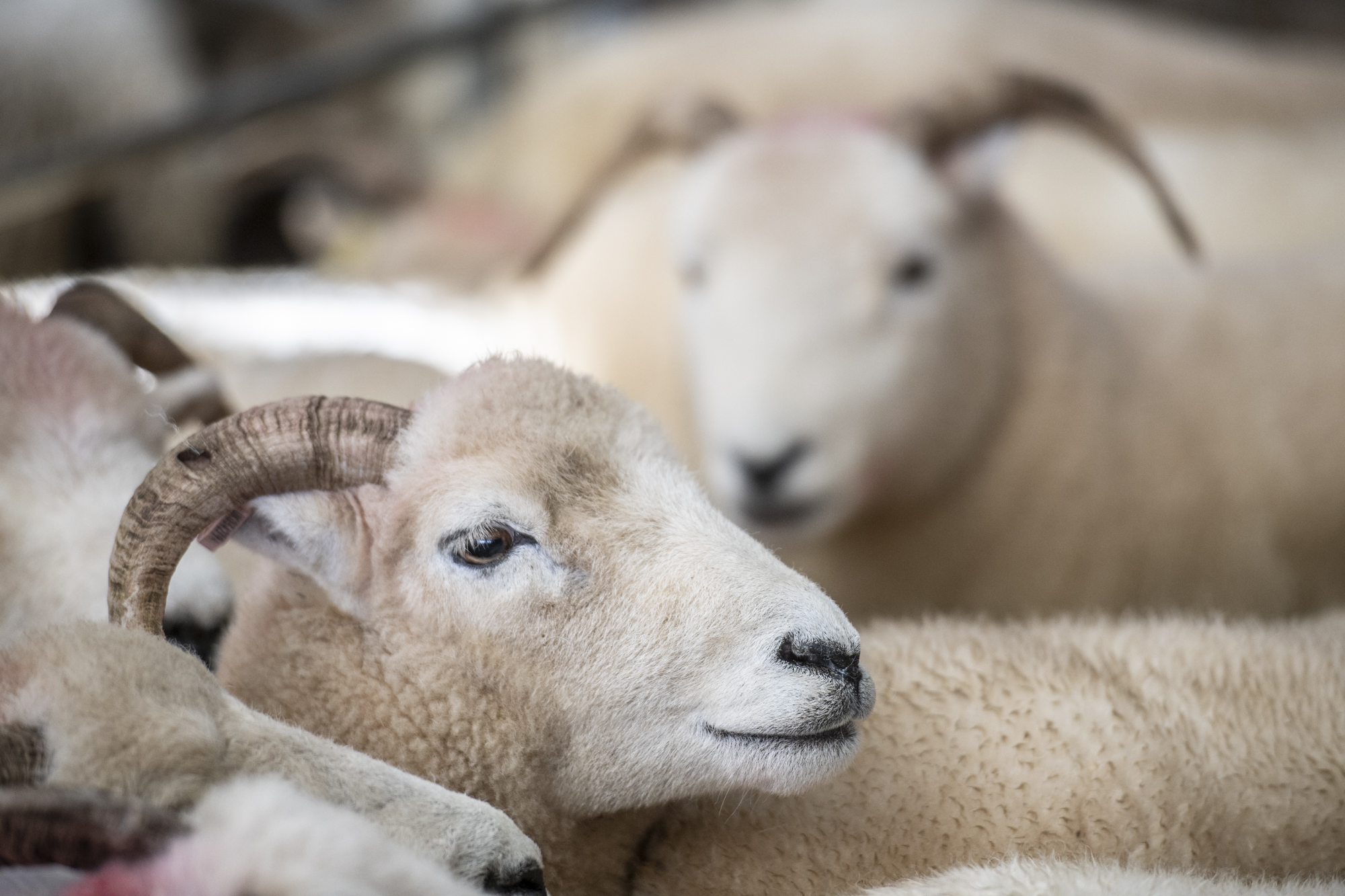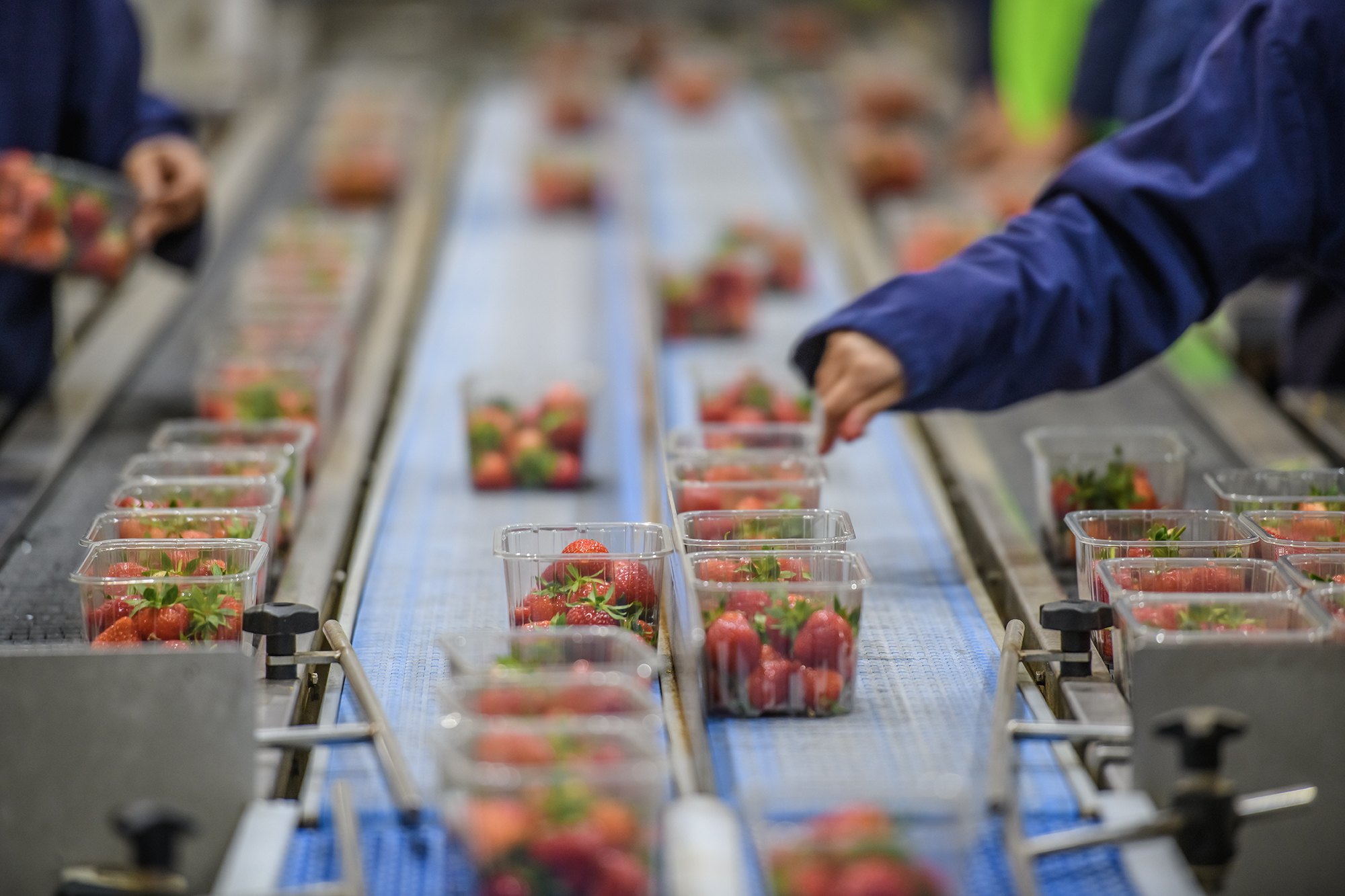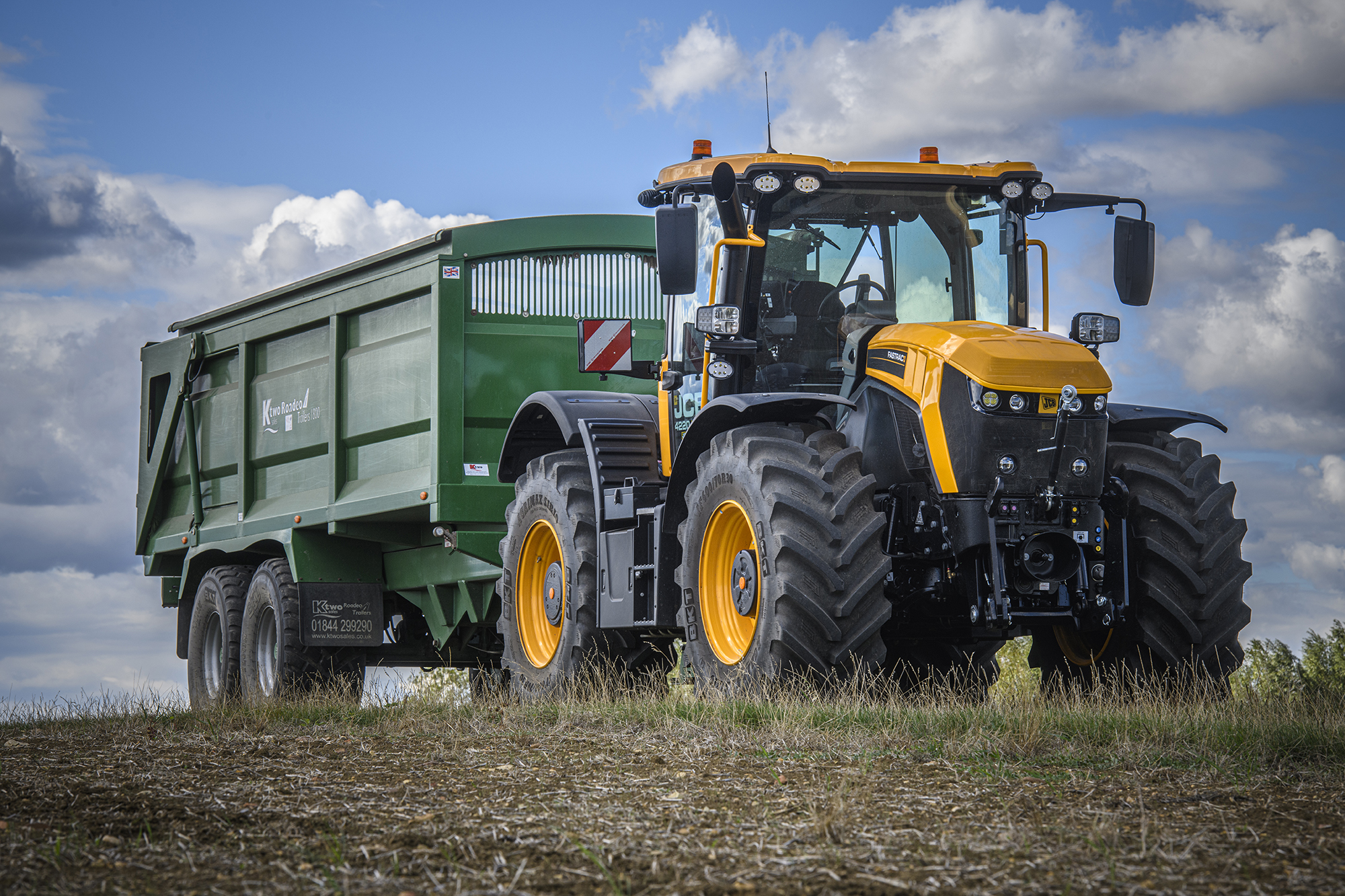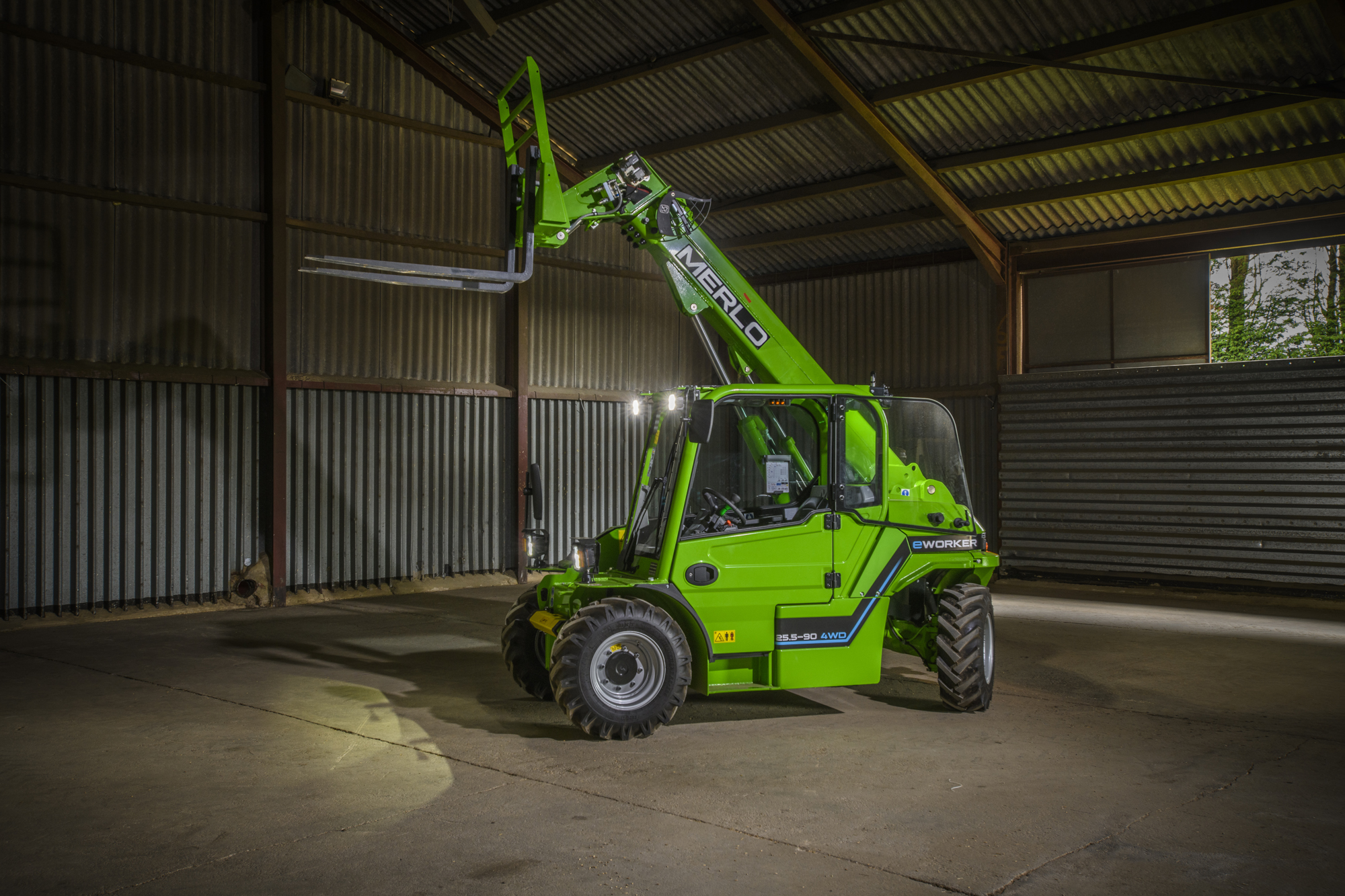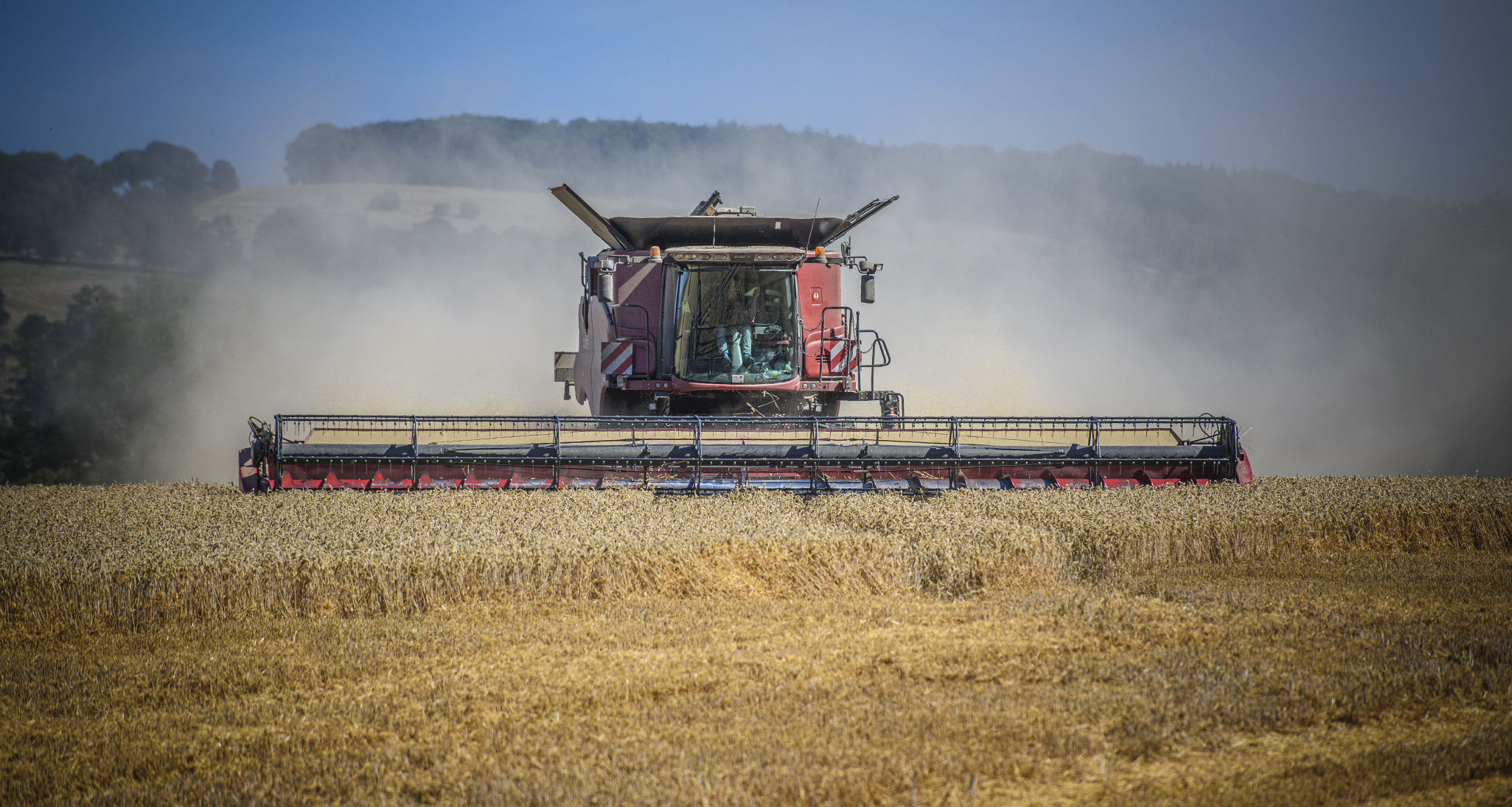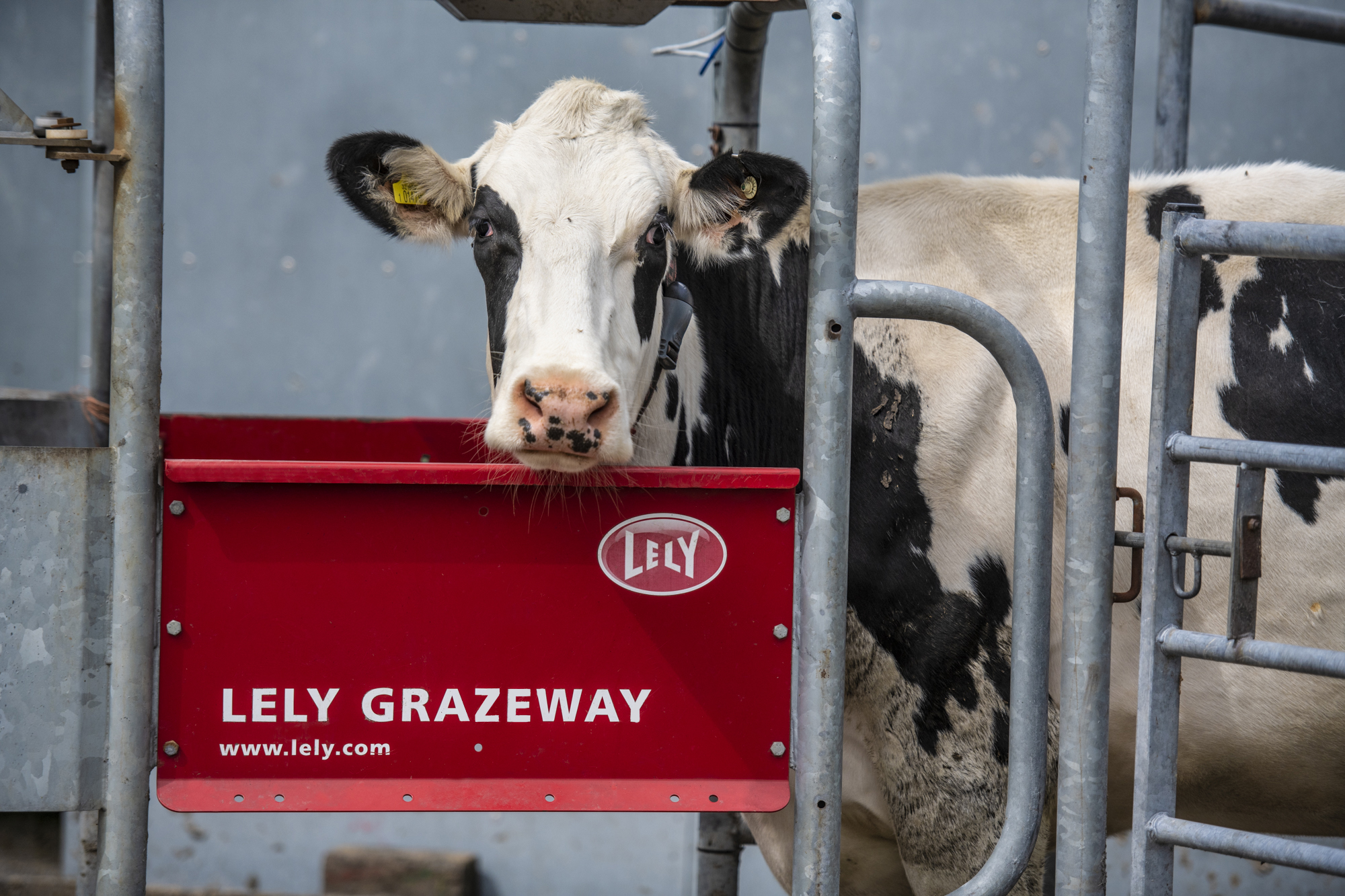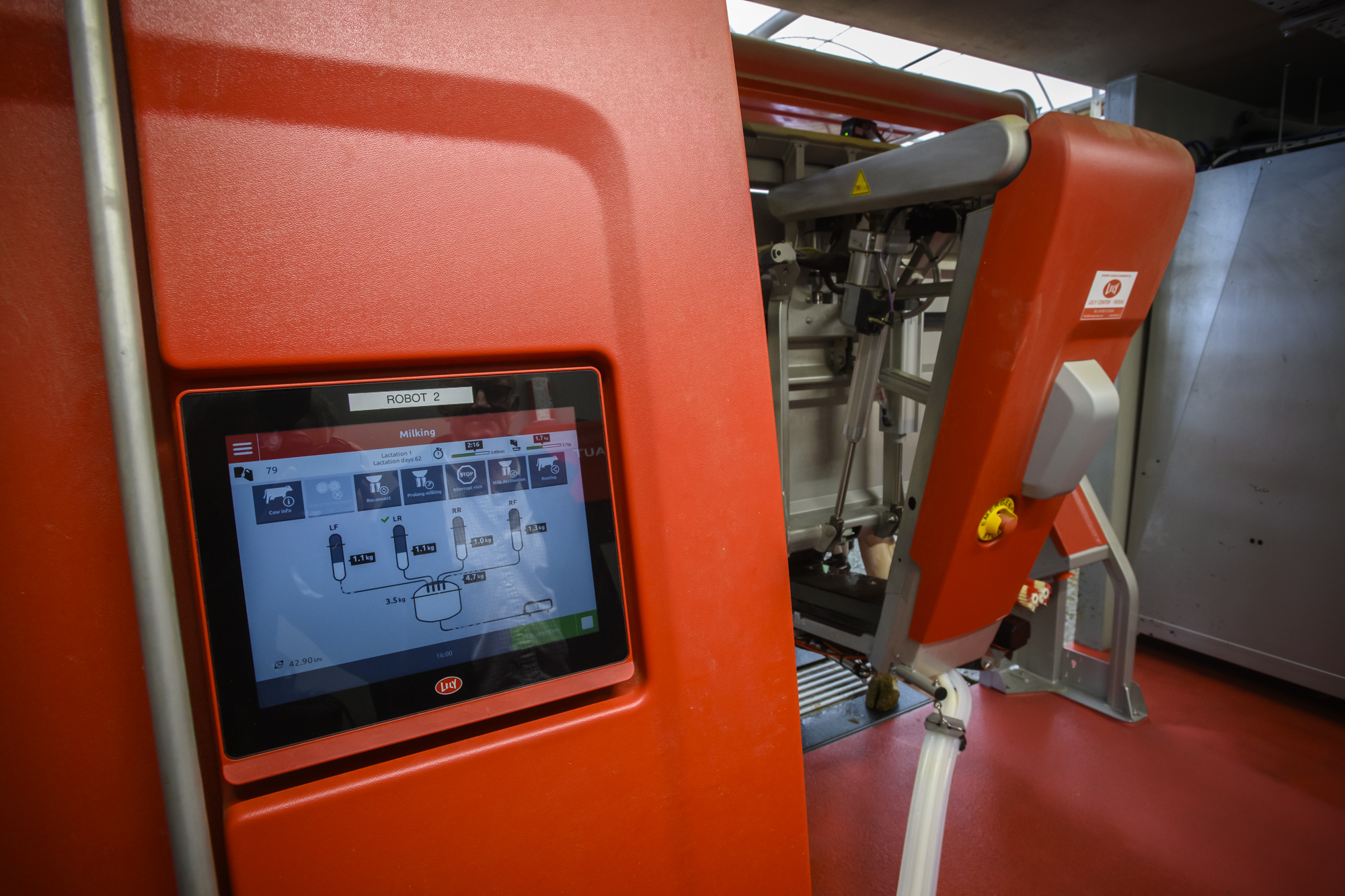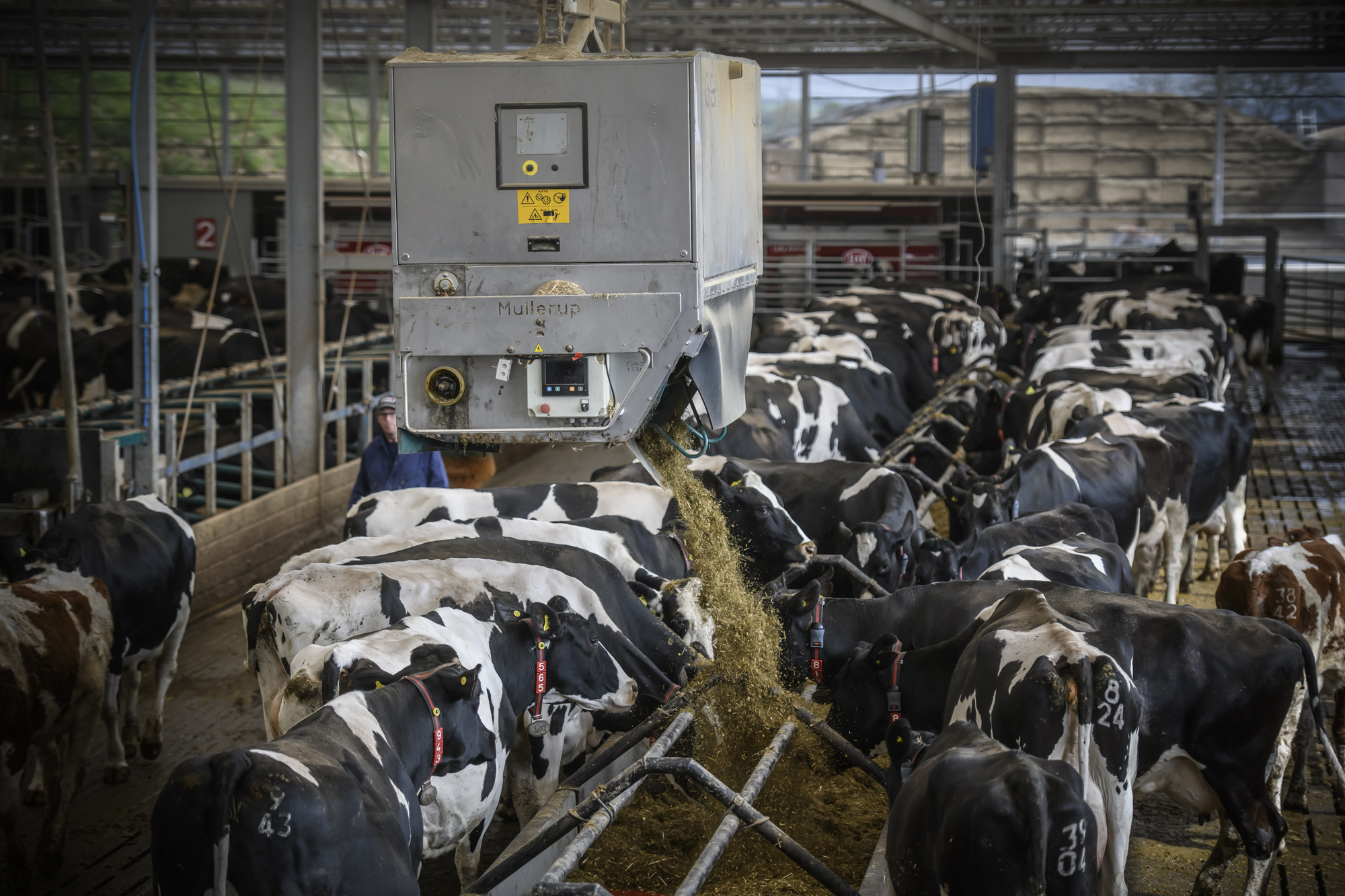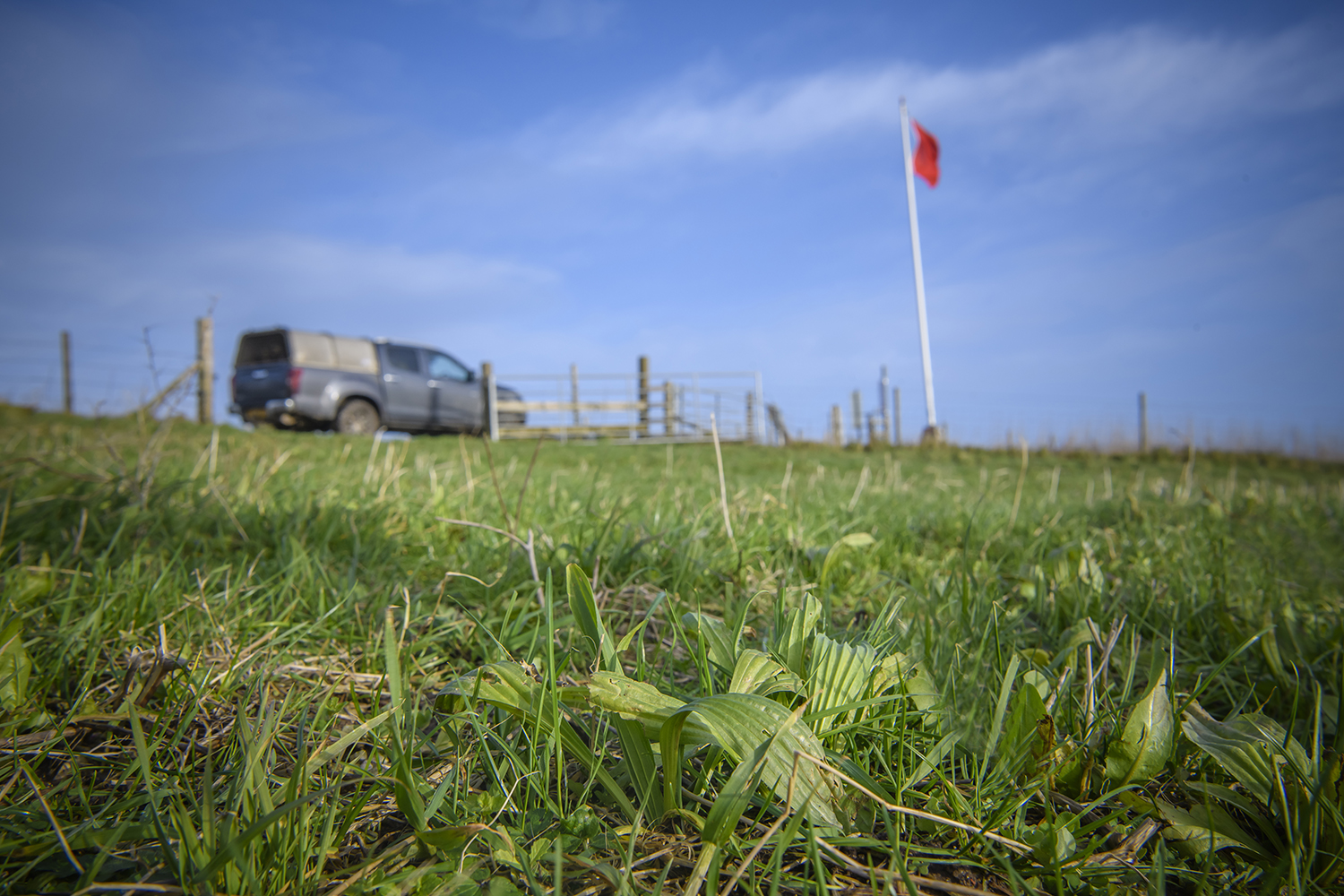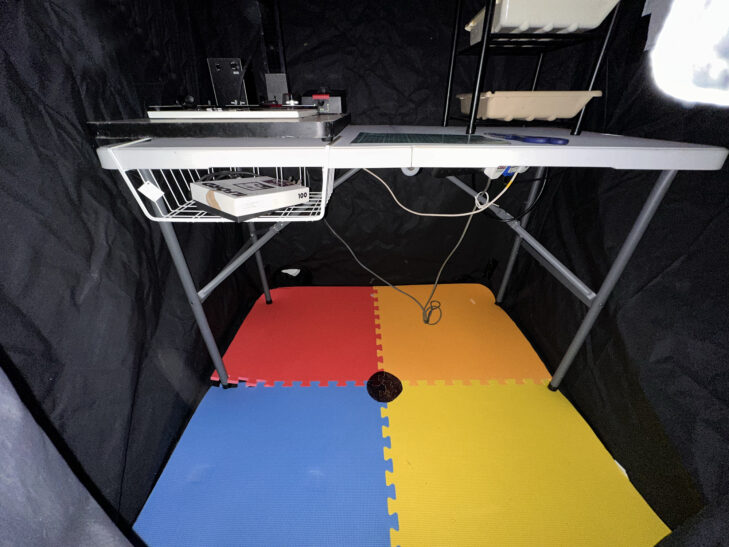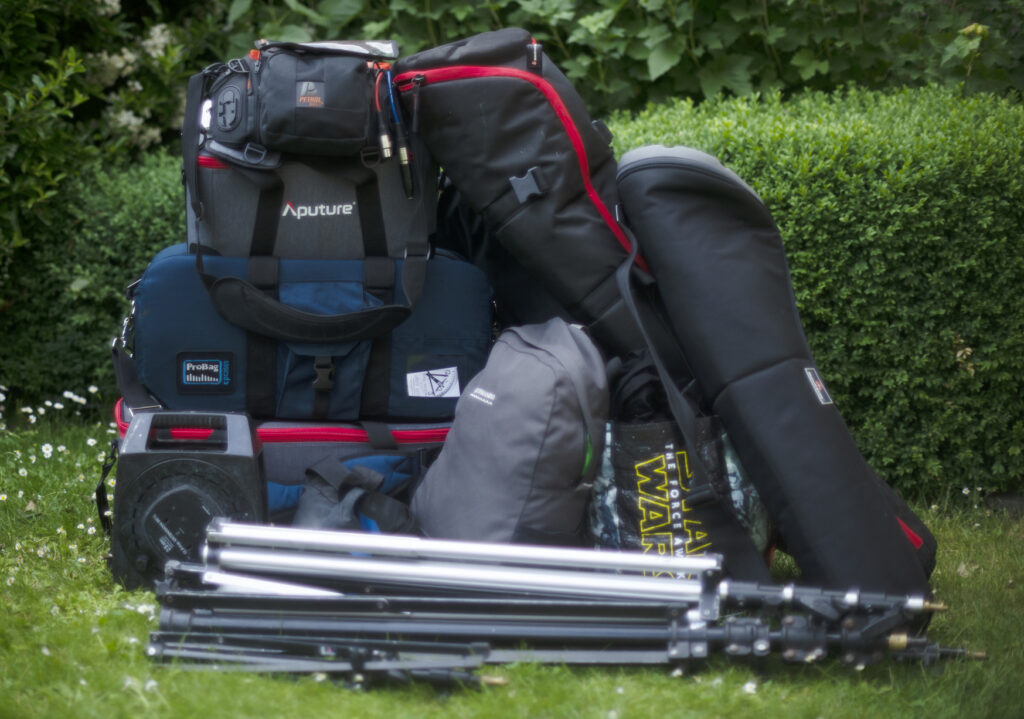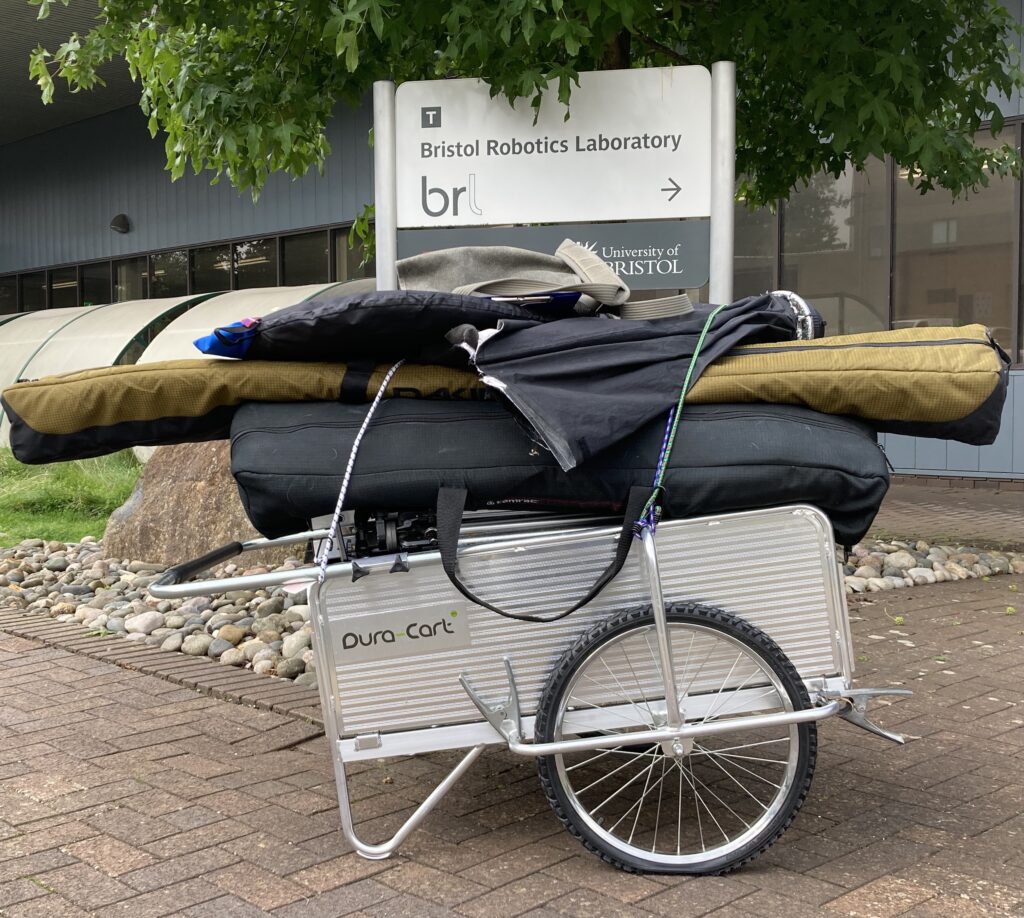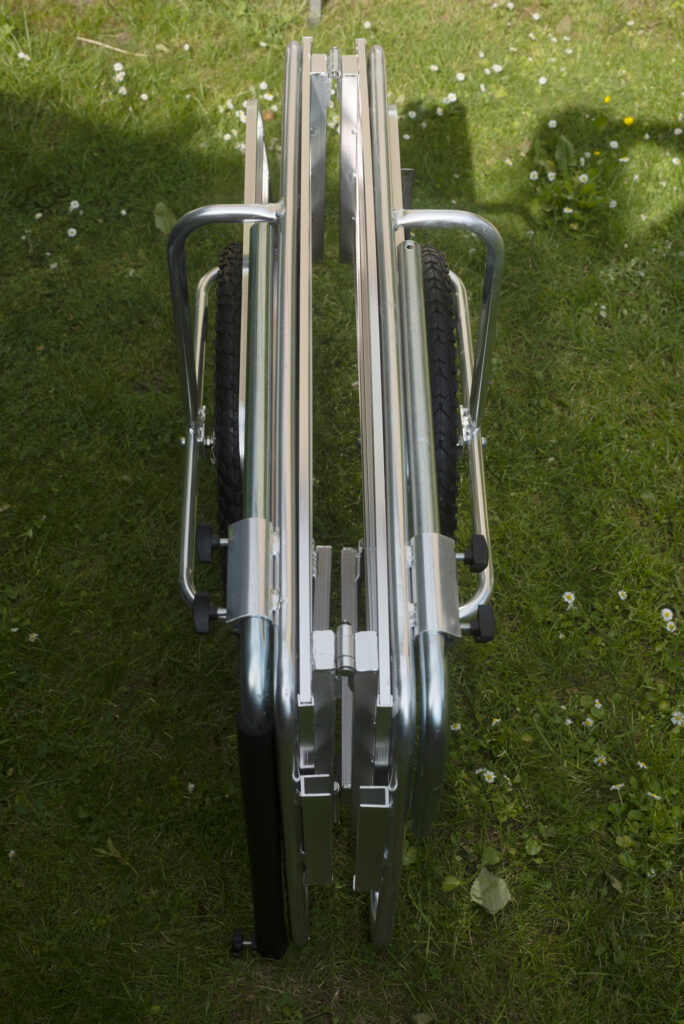Darkroom training and consultancy for schools
I am often asked to visit schools to help set up a new, or reinstate an old darkroom and train the staff or pupils on film processing and printing in the darkroom.
As a photographic artist, the darkroom plays a key role in my practice and allows me to produce images that would be impossible using digital techniques. I have also taught analogue photography and darkroom practice to students from GCSE to degree level and recognise the points where mistakes are often made and have developed teaching methods aimed to reduce student error.
I have also helped to develop lesson plans which can help to lesson the learning curve of analogue photography and darkroom practice.
Nigel sparked not only confidence in us, in what we were going to teach the students but also newfound enthusiasm for the process. Whilst with us Nigel also spent time checking out, advising, and helping organise and clean our current darkroom that hasn’t seen much love. He advised us on best practice and items to purchase to make what we had already easier to use and more effective, he even brought along his own kit as examples and to demonstrate techniques to us. Emma Hart, Curriculum Leader, Sandy Secondary School, Bedfordshire
Darkroom consultancy services;
- I can visit your school or college to assess an existing, but unused darkroom and suggest how it may be brought back to use.
- I can provide guidance on darkroom layout, health and safety, and buying equipment and consumables for a new darkroom.
- Provide training to staff and students on; camera less photography, analogue photography, film processing printing and experimental darkroom techniques
- For schools without darkrooms that would like to see the potential of analogue photography, I can also bring a small temporary darkroom which can be set up in a classroom for a 1 day darkroom taster workshop.
- Quick 1 hour online darkroom review (please contact me to discuss this service)
If you would like to know more, please email me or call on 07973 631185

Training staff from the art department at Chadwell Heath Academy















